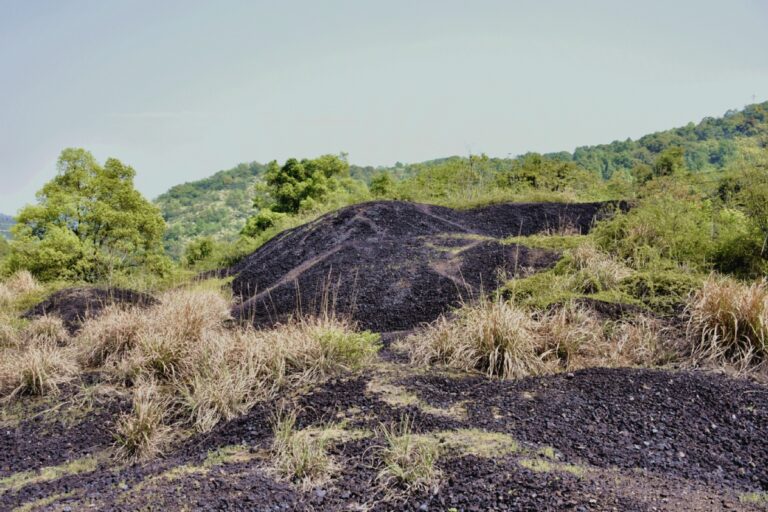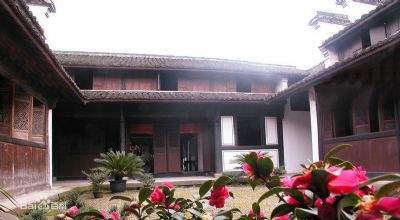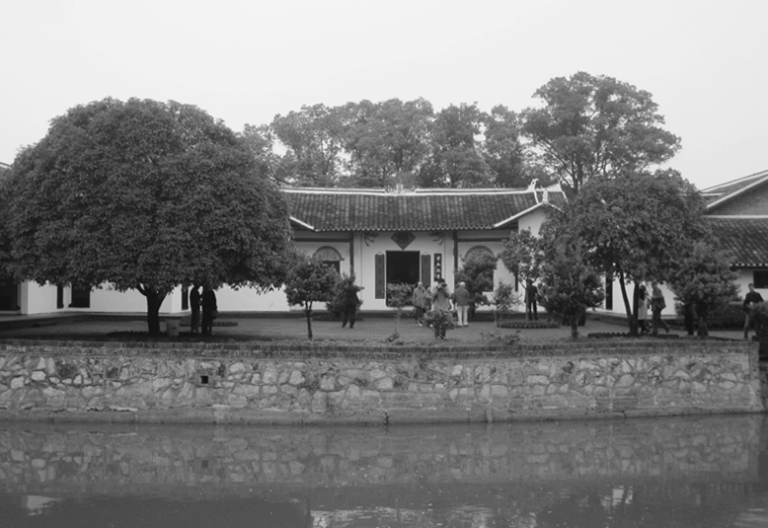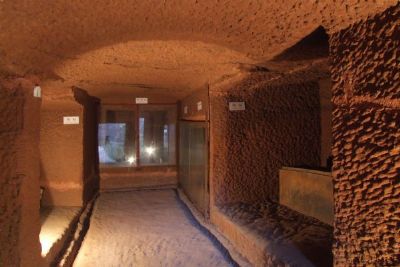A Traveler’s Guide to Hangzhou Huqingyutang: Experience the Heart of Traditional Chinese Remedies
An Essential Guide to Visiting Hangzhou Huqingyutang
In This Guide
- An Essential Guide to Visiting Hangzhou Huqingyutang
- The Rich History of Hangzhou Huqingyutang
- Main Highlights: What to See at Hangzhou Huqingyutang
- Planning Your Visit: A Practical Guide
- Tickets, Hours, and Booking
- How to Get There
- Local Cuisine and Accommodation
- Frequently Asked Questions
- Final Thoughts on Your Trip
Nestled in the heart of Hangzhou, the former residence of Hu Xueyan, a prominent figure in late Qing Dynasty China, offers a captivating glimpse into the opulence and cultural richness of the era. Known as the “King of Medicine,” Hu Xueyan was not only a successful merchant but also a philanthropist whose legacy still resonates in the region today. His residence, built in 1872, showcases a stunning blend of traditional Chinese architectural design and Western influences, making it a remarkable example of 19th-century luxury.
Visitors to Hu Xueyan’s former home can explore an expansive estate that spans over 5,800 square meters, featuring ornate pavilions, tranquil gardens, and intricate courtyards that reflect the sophisticated aesthetics of Jiangnan culture. The estate’s centerpiece, Zhiyuan Garden, has been lauded for its exquisite landscaping and artistic features, including one of the largest artificial caves in the country. With its rich history and architectural beauty, the residence stands as a testament to Hu Xueyan’s wealth and taste.
As you wander through the halls adorned with calligraphy from famous scholars and marvel at the exquisite furnishings made from rare woods, you will find yourself stepping back in time to an age of grandeur. The experience is further enhanced by guided tours that unveil the intriguing stories of Hu Xueyan’s life and the historical context of his success. Whether you are a history enthusiast or simply seeking a serene escape from the bustling city, a visit to Hu Xueyan’s former residence promises to be a highlight of your journey through Hangzhou.
The Rich History of Hangzhou Huqingyutang
Nestled in the vibrant city of Hangzhou, the Hu Qing Yu Tang (胡庆余堂) and the former residence of Hu Xueyan (胡雪岩) stand as remarkable relics of China’s rich commercial history during the late Qing Dynasty. Established in 1872, Hu Xueyan’s residence is a testament to the life of one of China’s wealthiest merchants, whose fortunes were intricately tied to the rise of modern commerce in the region.
Hu Xueyan, originally born into a humble family in Anhui Province, made his fortune as a banker and businessman, particularly in the fields of medicine and trade. His success story is often cited as an exemplary rags-to-riches tale. He became a pivotal figure in financing military campaigns, notably supporting the efforts of General Zuo Zongtang in the reclamation of Xinjiang. His contributions earned him considerable favor with the Qing court, culminating in his appointment as a high-ranking official adorned with the symbolic “red hat,” a mark of distinction for courtiers.
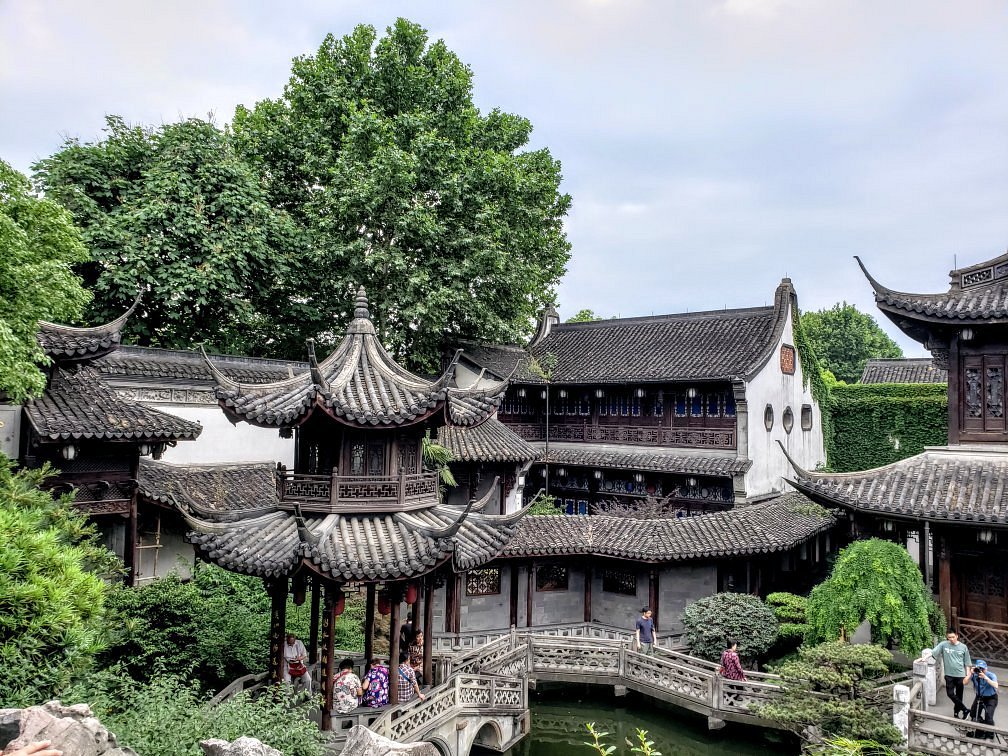
Hangzhou Huqingyutang.
The architecture of Hu Xueyan’s residence reflects a harmonious blend of traditional Chinese and Western styles, showcasing the affluence and cultural exchanges of the time. Spanning over 5,800 square meters, the estate is designed in a typical Southern Chinese courtyard style, with beautifully landscaped gardens that include rare features such as the largest artificial limestone cave in China. The main building, known as the “Lion Hall,” was used for receiving guests and conducting business discussions, while the adjacent gardens served as personal retreats for the family.
Despite the grandeur, Hu Xueyan’s life took a tragic turn. His financial empire began to crumble due to over-leveraging and risky investments, particularly in the silk trade. Following the death of his key supporter, General Zuo, Hu faced insurmountable debts, leading to his eventual downfall. In a dramatic twist of fate, he was stripped of his titles and imprisoned by the Qing government, marking a stark contrast to his earlier prestige.
The residence, after Hu Xueyan’s demise, fell into disrepair, only to be restored in the late 20th century to preserve its historical significance. Today, it stands as not only a museum but also a cultural center, attracting visitors keen to explore the opulent lifestyle of one of China’s most notable merchants. Visitors can admire intricate woodwork, traditional furnishings, and exquisite gardens that echo the elegance of the Jiangnan architectural style.
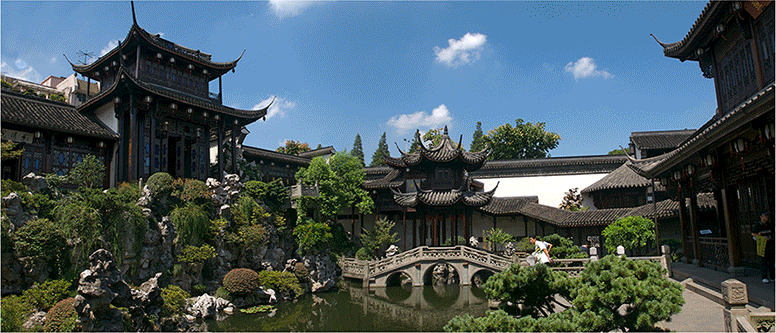
Hangzhou Huqingyutang.
The Hu Qing Yu Tang, originally established as a traditional Chinese medicine shop by Hu Xueyan, has also retained its legacy as a prominent pharmacy. It symbolizes the fusion of commerce and culture, and its historical significance is celebrated through its continued operation, providing insights into the medicinal practices of ancient China.
In summary, the Hu Qing Yu Tang and the former residence of Hu Xueyan encapsulate a pivotal era in Chinese history, reflecting the complexities of wealth, power, and cultural heritage. They serve as enduring reminders of the narratives that shaped modern Hangzhou and the broader economic landscape of China.
Main Highlights: What to See at Hangzhou Huqingyutang
Nestled in the heart of Hangzhou, the former residence of Hu Xueyan is a stunning blend of traditional Chinese architecture and Western influences. This historic site offers visitors a glimpse into the lavish lifestyle of one of the Qing Dynasty’s wealthiest merchants.
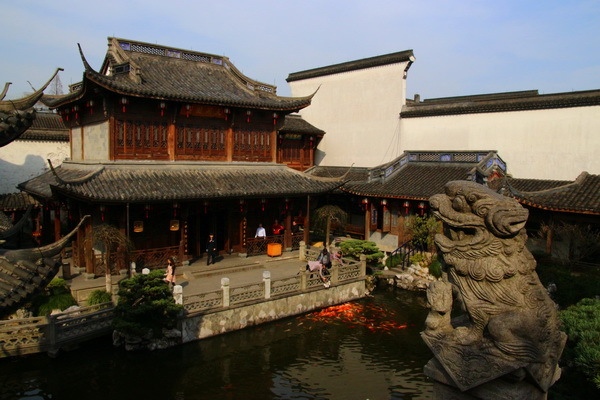
Hangzhou Huqingyutang.
Architectural Splendor
The residence, completed in 1875, exemplifies the grandeur of late Qing architecture with its intricate wooden carvings, elegant courtyards, and meticulously designed gardens. The estate spans over 5,800 square meters and features a unique layout that includes a central axis flanked by two wings. Highlights include the impressive “Baishi Building,” adorned with a hundred finely carved lion figures, and the “Jiao Hall,” where two exquisite redwood sedan chairs are displayed.
Lush Gardens
Set against the backdrop of a serene Jiangnan landscape, the gardens are a masterpiece in their own right. Visitors will find pavilions, winding walkways, and a large artificial cave—the largest of its kind in China—creating a picturesque environment reminiscent of classical Chinese gardens. The garden’s design encourages leisurely strolls, offering numerous photo opportunities.
Rich Cultural Heritage
Within the residence, you can discover valuable artifacts, including calligraphy and stone carvings by famous artists such as Dong Qichang and Zheng Banqiao. These pieces not only reflect Hu Xueyan’s wealth but also his cultural influence and appreciation for the arts.

Hangzhou Huqingyutang.
Engaging Stories
As you explore, listen to the guides share captivating stories about Hu Xueyan’s rise from humble beginnings to wealth, how he became a crucial financial supporter of military endeavors, and the eventual downfall that led to his demise. His life story is a rich tapestry of ambition, philanthropy, and tragedy, making it a compelling aspect of your visit.
Accessibility and Visiting Information
The residence is conveniently located at 18 Yuanbao Street, easily reachable via multiple public transport options, including buses and the Metro Line 5. Open daily from 8:00 AM to 4:30 PM, admission is reasonably priced, with discounts available for students and seniors, and free entry for certain groups.
A visit to Hu Xueyan’s former residence not only immerses you in the architectural beauty of the Qing Dynasty but also allows you to reflect on the complex narratives of wealth and power that shaped this era in Chinese history.
Planning Your Visit: A Practical Guide
Practical Guide to Hangzhou Huqingyutang and Hu Xueyan’s Former Residence
Visiting the Hangzhou Huqingyutang and the former residence of Hu Xueyan offers a unique glimpse into the opulent lifestyle of one of China’s wealthiest merchants during the late Qing Dynasty. To make the most of your visit, here’s a comprehensive guide covering essential information such as opening hours, ticket prices, location, transportation options, and tips for an enjoyable experience.
Opening Hours
- Daily: 8:00 AM – 4:30 PM
- Last entry is at 4:00 PM.

Hangzhou Huqingyutang.
Ticket Prices
- Hu Xueyan’s Former Residence:
- Adult ticket: ¥20
- Half-price ticket (for youth aged 6-18 and seniors aged 60-69): ¥10
-
Free entry: For children under 6, senior citizens over 70, active military personnel, and certain other groups with valid ID.
-
Combination Ticket with Chenghuang Pavilion: ¥45
Location
- Address: 18 Yuanbao Street, Shangcheng District, Hangzhou, Zhejiang Province, China.
This area is steeped in history and is conveniently located near other attractions, making it a perfect stop on a cultural itinerary.

Hangzhou Huqingyutang.
Getting There
- By Metro: Take Line 5 to Baoshan Bridge Station, exit B2, and walk approximately 10 minutes to reach the site.
- By Bus: Several bus routes service the area, including 325, 92, 30, 62, 151, 315, and B支3路. Get off at the “Hu Xueyan Former Residence” stop.
- By Taxi or Ride-sharing: Easily accessible via local taxi services or ride-sharing apps like Didi.
What to Expect
The former residence of Hu Xueyan is renowned for its stunning blend of traditional Chinese and Western architectural styles. Visitors will encounter beautifully landscaped gardens, intricate wooden carvings, and a variety of exquisite rooms that reflect the grandeur of the late Qing Dynasty.
Key Highlights:
– Zhi Garden (芝园): The main attraction of the residence, featuring pavilions, bridges, and water features that create a serene atmosphere.
– Art and Calligraphy: Explore stone carvings and artworks from famous calligraphers within the residence.
– Rare Artifacts: Don’t miss the impressive redwood sedan chairs and other antiques that showcase the opulence of the era.
Tips for Visiting
- Duration: Allocate about 1-2 hours for your visit to fully appreciate the architecture and gardens.
- Photography: The residence offers many picturesque spots, but be mindful of any restrictions on photography inside certain areas.
- Guided Tours: Consider joining a guided tour for deeper insights into the history and significance of the site. Tours are available in Mandarin, and booking in advance is recommended.
- Nearby Attractions: After visiting Hu Xueyan’s residence, take time to explore Chenghuang Pavilion and the historical Qiantang River area, both within walking distance.
Additional Amenities
- Refreshments: A small shop on-site offers drinks and snacks, ideal for a quick break during your exploration.
- Restrooms: Available on-site for visitor convenience.
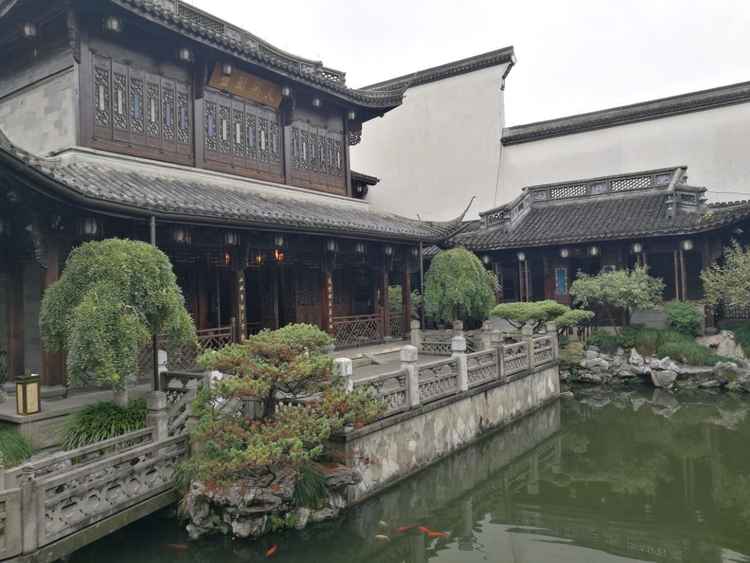
Hangzhou Huqingyutang.
By following this guide, you’ll be well-prepared to enjoy a fascinating visit to Hangzhou Huqingyutang and Hu Xueyan’s former residence, immersing yourself in the rich cultural heritage of this exceptional site.
Tickets, Hours, and Booking
Visiting the Hangzhou Huqingyutang and the Former Residence of Hu Xueyan is an enriching experience, offering insights into the grandeur of late Qing Dynasty architecture and the life of one of China’s wealthiest merchants. Here’s what you need to know about tickets and visiting hours.
Ticket Information
- General Admission:
- Single Ticket: 20 CNY (approximately $3)
- Half-Price Ticket: 10 CNY (approximately $1.50) for eligible visitors
-
Free Admission: Children under 6 years, seniors over 70 years, active military personnel, and certain other groups
-
Combination Ticket:
-
Huqingyutang + Hu Xueyan Former Residence: 45 CNY (approximately $7)
-
Reservation:
- Tickets can be booked in advance, but reservations are typically allowed only within a three-day window.
Discounts and Free Entry
Eligible visitors for discounted or free entry include:
– Children aged 6 to 18 years
– Students enrolled in full-time universities
– Seniors aged 60 to 69 years
– Active military personnel and disabled individuals
Opening Hours
- Daily: 8:00 AM to 4:30 PM (last entry at 4:00 PM)
- Note that these hours may vary slightly during holidays or special events, so it’s advisable to check in advance.
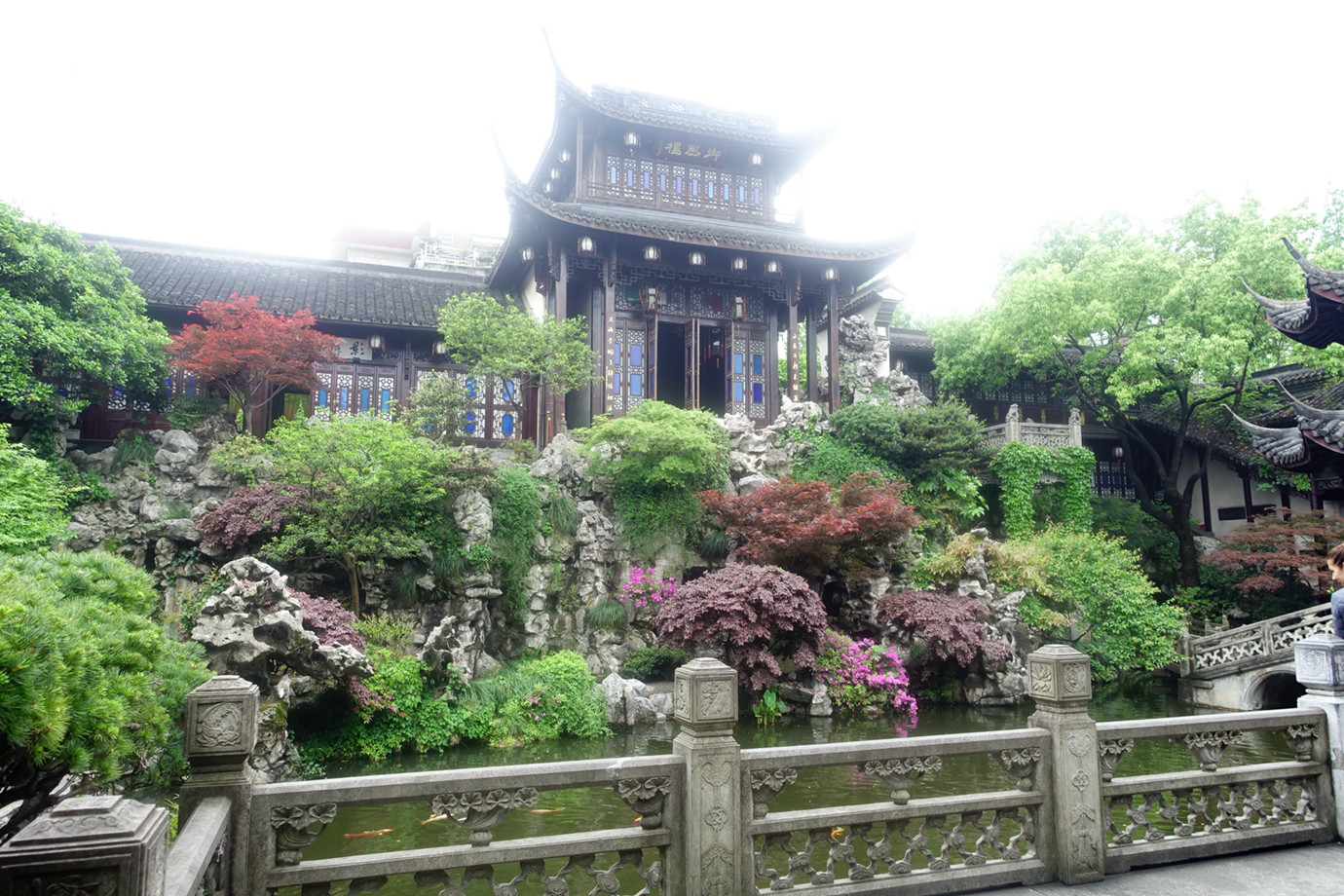
Hangzhou Huqingyutang.
Location
Huqingyutang and the Former Residence of Hu Xueyan are located at:
– Address: 18 Yuanbao Street, Hangzhou, Zhejiang Province, China
Getting There
- Public Transport: Accessible via multiple bus routes including 325, 92, 30, 62, 151, and others. The nearest metro station is Line 5, which makes reaching the site convenient.
Contact Information
- For further inquiries, you can reach the site at: 0571-86821131.
This ticket information should help you plan your visit smoothly, allowing you to immerse yourself in the historical richness of Hangzhou’s cultural heritage!
How to Get There
To reach Hangzhou Huqingyutang (胡庆馀堂) and the former residence of Hu Xueyan (胡雪岩), navigating the transportation options in Hangzhou is straightforward and convenient. Located at 18 Yuanbao Street in the historic area of Shangcheng District, this site is well-connected by various modes of public transport.

Hangzhou Huqingyutang.
Public Transport
- Metro:
-
The easiest way to get to Huqingyutang is via the Hangzhou Metro. Take Line 5 and disembark at Baoshan Bridge Station (宝善桥站). From there, it’s about a 10-minute walk to the Huqingyutang site. Simply follow the signage or use a navigation app to guide you.
-
Buses:
- Several bus routes service the area, offering a cost-effective way to reach your destination. You can take any of the following buses:
- 325, 92, 30, 62, 151, 315, B支3C, B支3
-
Make sure to check the specific bus stops for the most convenient boarding location.
-
Walking:
-
If you are staying nearby, walking can be a delightful option, allowing you to explore the charming streets of Hangzhou. The area around Huqingyutang is rich in history and culture, making it a pleasant stroll.
-
Bicycles:
-
Hangzhou is known for its bike-friendly infrastructure. You can rent a bicycle and enjoy a leisurely ride to the location. There are bike-sharing services available throughout the city, which can be accessed via mobile apps.
-
Taxis and Ride-Hailing Services:
- For those preferring a more direct route, taxis and ride-hailing apps like Didi are readily available. Simply input “Huqingyutang” in the app, and you’ll be dropped off at the entrance. This option is particularly convenient if you’re traveling with a group or have limited time.
Accessibility
The site is designed to be accessible for all visitors. If you require assistance, taxis and public transport options are equipped to accommodate those with mobility challenges.
Final Tips
- Operating Hours: Huqingyutang is open from 8:00 AM to 4:30 PM, so plan your visit accordingly to make the most of your time.
- Tickets: If you plan to visit the Huqingyutang Museum, consider purchasing your tickets in advance to avoid long queues.
- Local Cuisine: After your visit, explore nearby dining options in the historic streets for a taste of Hangzhou’s famous cuisine.
With these transportation options, visiting Huqingyutang and the former residence of Hu Xueyan can be a seamless and enjoyable experience, allowing you to immerse yourself in the rich history of Hangzhou.

Hangzhou Huqingyutang.
Local Cuisine and Accommodation
When visiting Hangzhou’s Huqingyutang and the historic residence of Hu Xueyan, you’ll find yourself immersed not just in culture and history, but also in the vibrant local culinary scene and accommodation options that enhance your experience.
Culinary Delights
Local Cuisine:
Hangzhou is renowned for its exquisite cuisine, and you’ll want to indulge in some local specialties during your visit. Here are a few must-try dishes and restaurants:
-
Dongpo Pork (东坡肉): A succulent dish named after the famous poet Su Dongpo, it features braised pork belly that is tender and rich in flavor. You can savor this dish at Louwailou Restaurant (楼外楼), situated by West Lake, which is celebrated for both its food and stunning views.
-
Longjing Shrimp (龙井虾仁): This dish features fresh river shrimp cooked with Longjing tea leaves, showcasing the delicate flavors of both. Head to Green Tea Restaurant (绿茶餐厅) for a delightful dining experience.
-
Xiaolongbao (小笼包): These steamed dumplings filled with savory broth and meat are a staple of Hangzhou cuisine. Zhi Wei Guan (知味观) on Hefang Street is famous for its freshly made dumplings and other regional snacks.
Casual Eats:
For a more laid-back dining experience, explore Hefang Street (河坊街), where you can sample a variety of street foods and snacks, such as scallion pancakes and sweet rice dumplings. This area is lively and perfect for grabbing a quick bite between sightseeing.

Hangzhou Huqingyutang.
Accommodation Options
When it comes to lodging, Hangzhou offers a range of accommodations to suit different preferences and budgets:
-
Luxury Stay: The Four Seasons Hotel Hangzhou at West Lake is an extravagant choice, blending modern luxury with traditional Chinese aesthetics. The hotel features stunning gardens, a serene lake view, and exceptional dining options.
-
Mid-Range Comfort: Consider Hotel Indigo Hangzhou for a boutique experience that combines contemporary design with local culture. The location is convenient for accessing both the historic sites and the bustling shopping areas.
-
Budget-Friendly: For travelers on a budget, Hangzhou Lijiang Inn provides comfortable and clean rooms at an affordable rate. It’s centrally located, making it easy to explore key attractions on foot.
-
Traditional Experience: For a unique experience, stay in a traditional Chinese courtyard hotel like The Cormorant’s Nest. This charming accommodation offers a glimpse into the local lifestyle and is just a short walk from Huqingyutang.
Tips for Your Visit
-
Advance Reservations: Especially during peak tourist seasons, it’s advisable to book your accommodation in advance to secure the best rates and availability.
-
Explore Nearby: After visiting Huqingyutang, take a leisurely stroll around the area to discover more of Hangzhou’s historic architecture and local shops.
-
Local Transportation: Utilize public transport or bike-sharing services to navigate around the city easily and affordably.
With rich culinary offerings and comfortable lodging options, your visit to Huqingyutang and the surrounding areas will be both enjoyable and memorable. Enjoy your journey through this enchanting city!
Frequently Asked Questions
-
What are the opening hours for Hu Qing Yu Tang and the former residence of Hu Xueyan?
The site is open daily from 8:00 AM to 4:30 PM. Please ensure to arrive before the closing time to explore the grounds fully. -
How much does it cost to visit the former residence of Hu Xueyan?
The entrance fee is 20 RMB for adults. There are discounts available for students and children, while entry is free for certain groups, including seniors over 70 and children under 6. -
How can I get to Hu Qing Yu Tang?
You can reach the site by taking various bus lines, such as 325, 92, 30, 62, 151, and 315, or by riding the subway to Line 5 and getting off at the nearest station. -
Is it necessary to book tickets in advance?
While advance booking is not mandatory, it is recommended, especially during peak tourist seasons. You can reserve tickets up to three days in advance through designated platforms. -
What should I expect to see during my visit?
Visitors can explore the intricately designed gardens, pavilions, and traditional Chinese architecture. The site features unique artifacts, including rare redwood official sedan chairs and stone inscriptions by famous calligraphers. -
Are there any guided tours available?
Yes, guided tours are available, which provide in-depth information about the historical significance of the residence and its architectural details. Check for availability when purchasing tickets. -
Can I take photos inside the former residence?
Photography is generally allowed in the gardens and public areas. However, be respectful of any signs indicating restrictions, particularly inside certain buildings. -
What nearby attractions can I visit after Hu Qing Yu Tang?
After your visit, consider exploring nearby sites such as the De Shou Palace, Wu Shan Square, and the picturesque streets of He Fang Jie, which are rich in history and local culture.
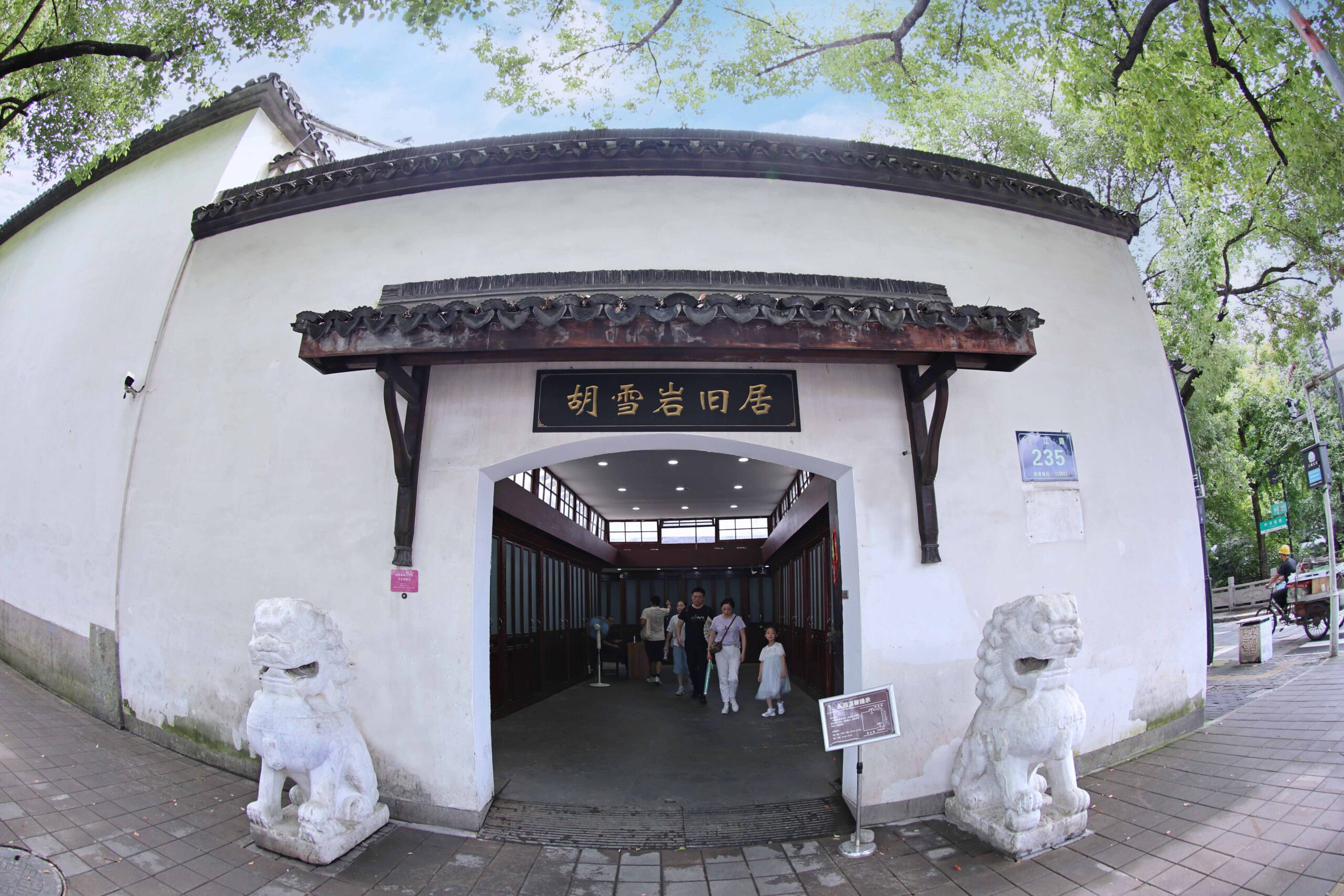
Hangzhou Huqingyutang.
Final Thoughts on Your Trip
Visiting the Hangzhou Huqingyutang and the former residence of Hu Xueyan offers a unique glimpse into the rich tapestry of Chinese history and culture. This exquisite estate, nestled in the heart of Hangzhou, is not only a testament to the opulence of the late Qing Dynasty but also a narrative of ambition, success, and eventual decline. As you stroll through the elegant gardens, admire the intricate architecture blending Eastern and Western styles, and absorb the stories of Hu Xueyan’s remarkable life, you’ll find yourself enchanted by the allure of a bygone era.
This destination is a must-see for anyone seeking to understand the complexities of China’s past and the legacy of its influential merchants. Whether you’re a history buff, an architecture enthusiast, or simply someone looking to enjoy the serene beauty of traditional Chinese gardens, Huqingyutang and Hu Xueyan’s residence promise an unforgettable experience. So, take a moment to immerse yourself in the beauty and history of this remarkable site—it’s a journey into the heart of Hangzhou that you won’t want to miss.
